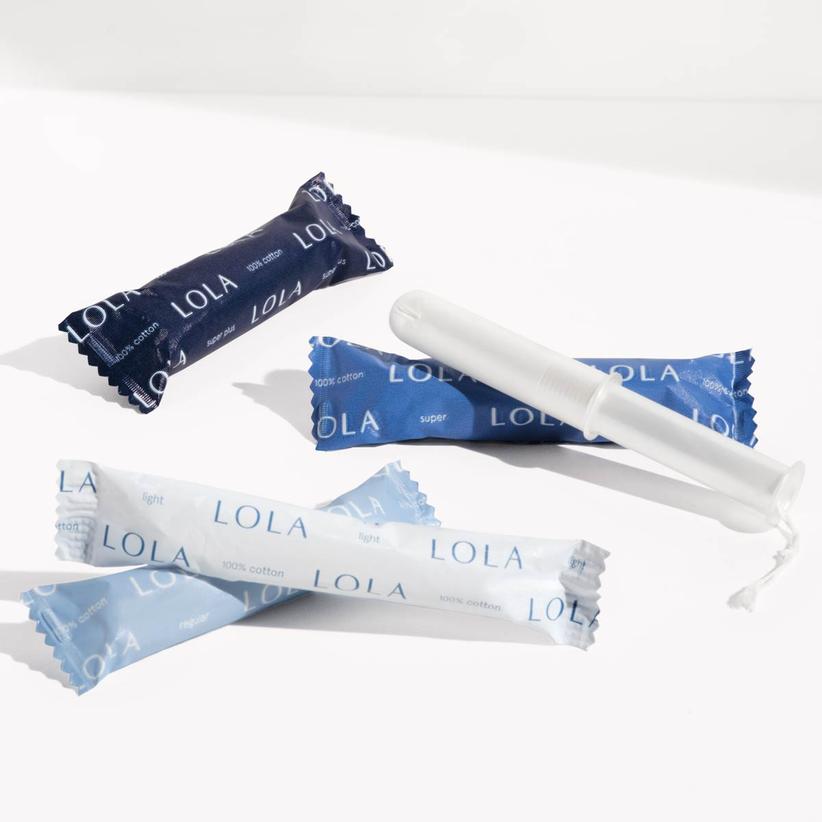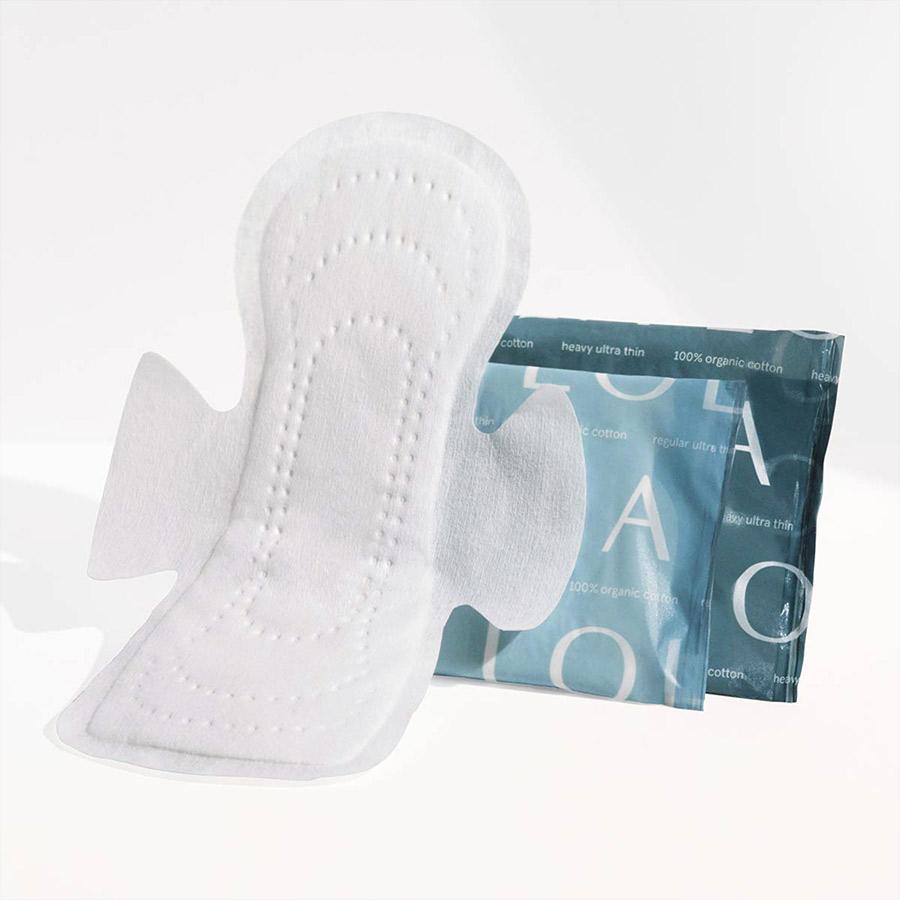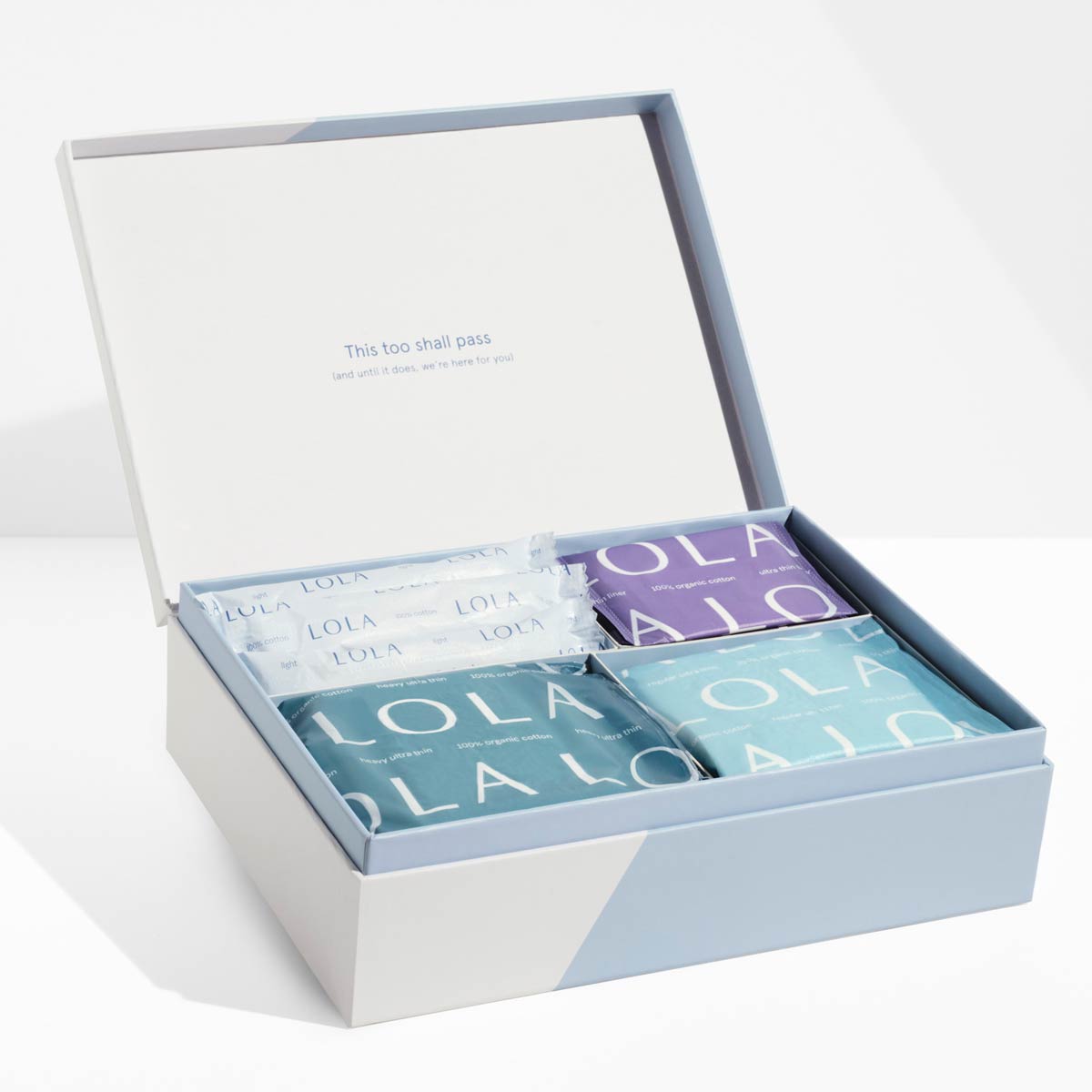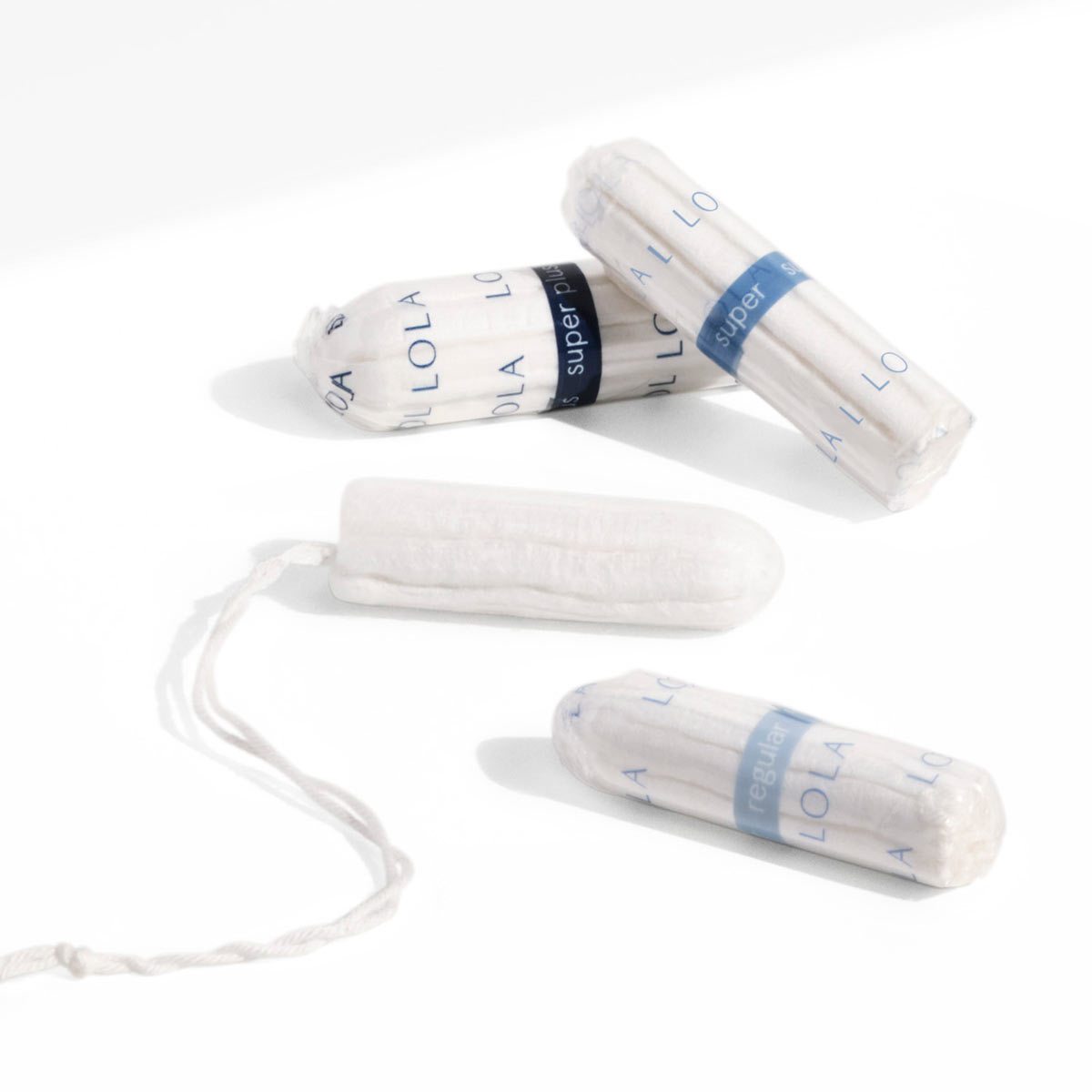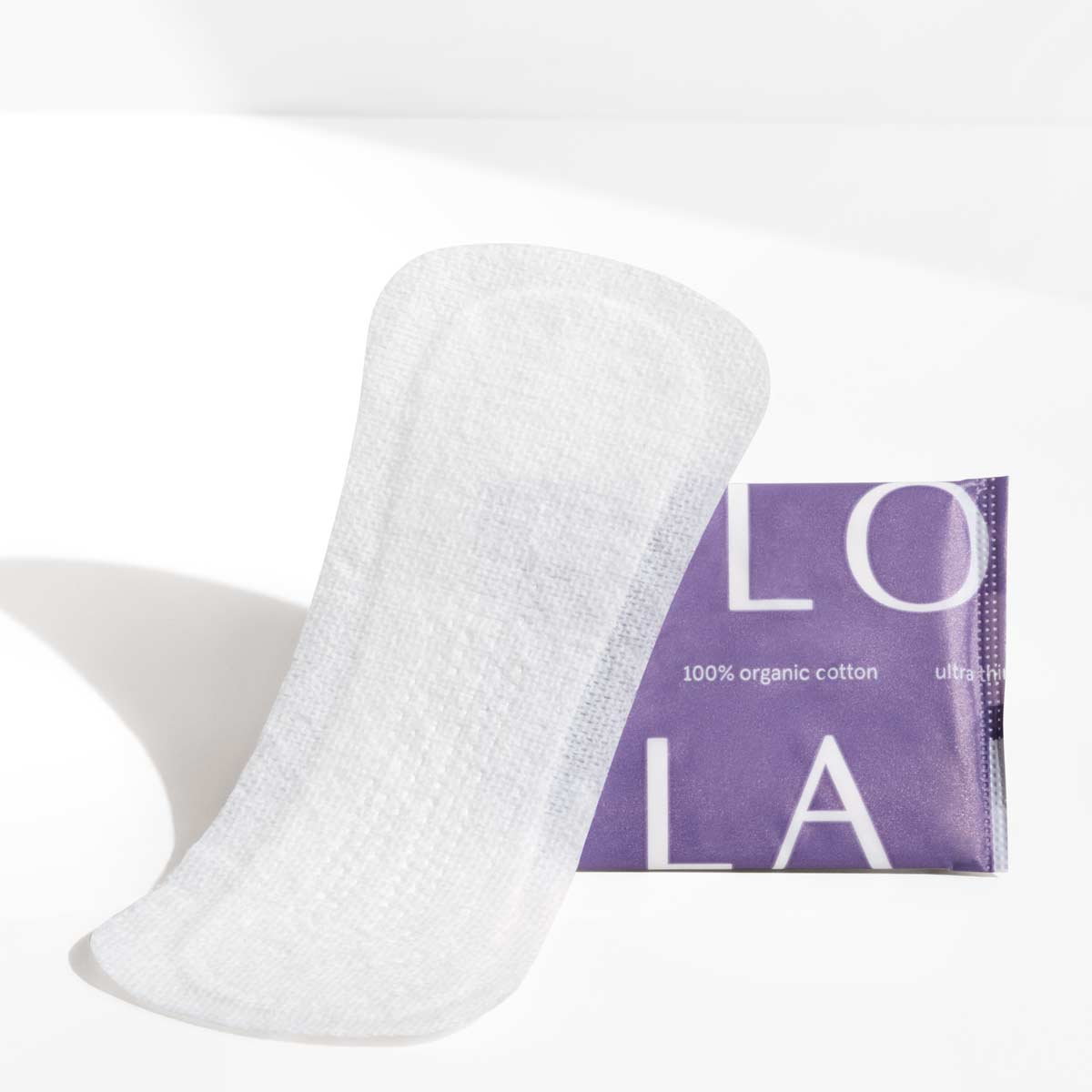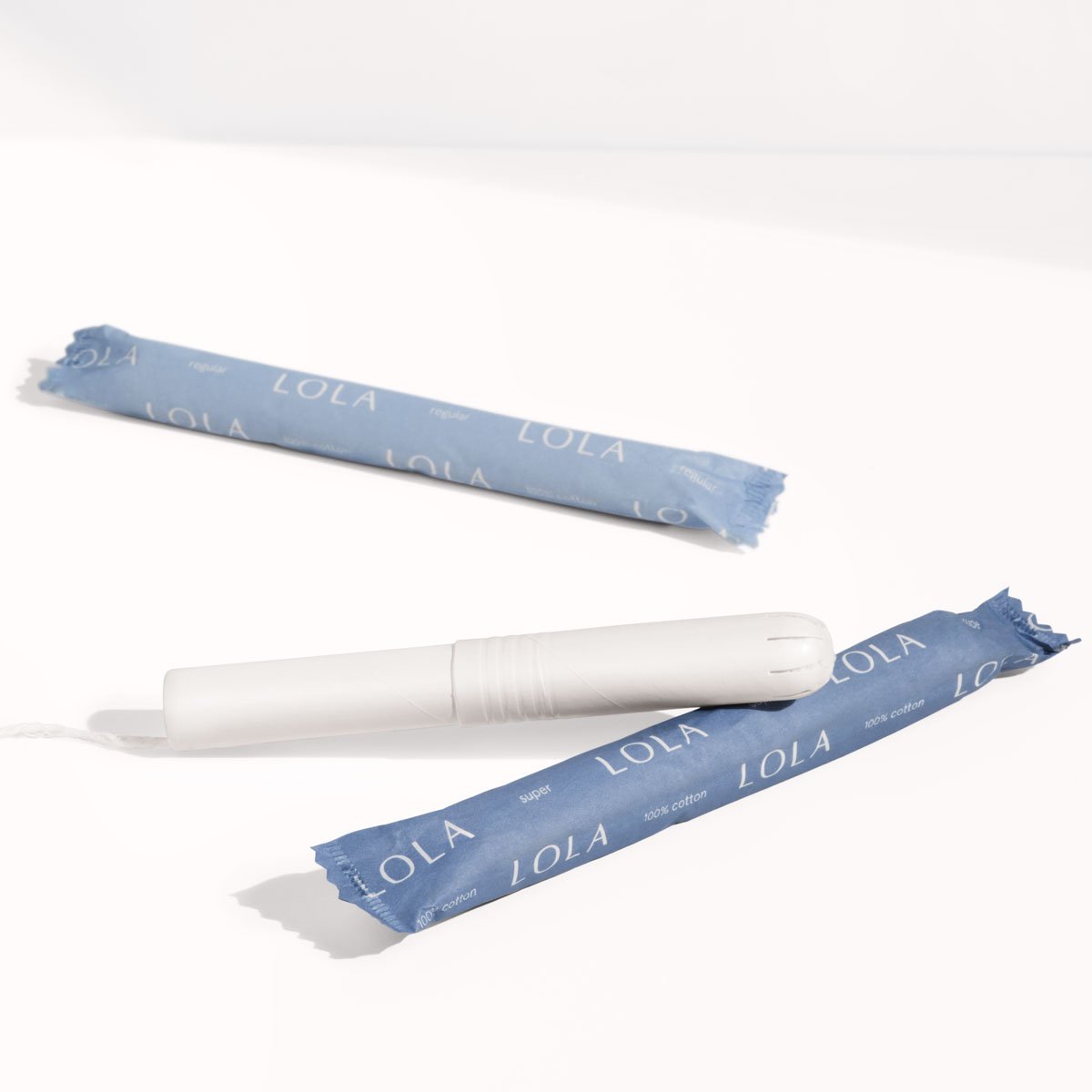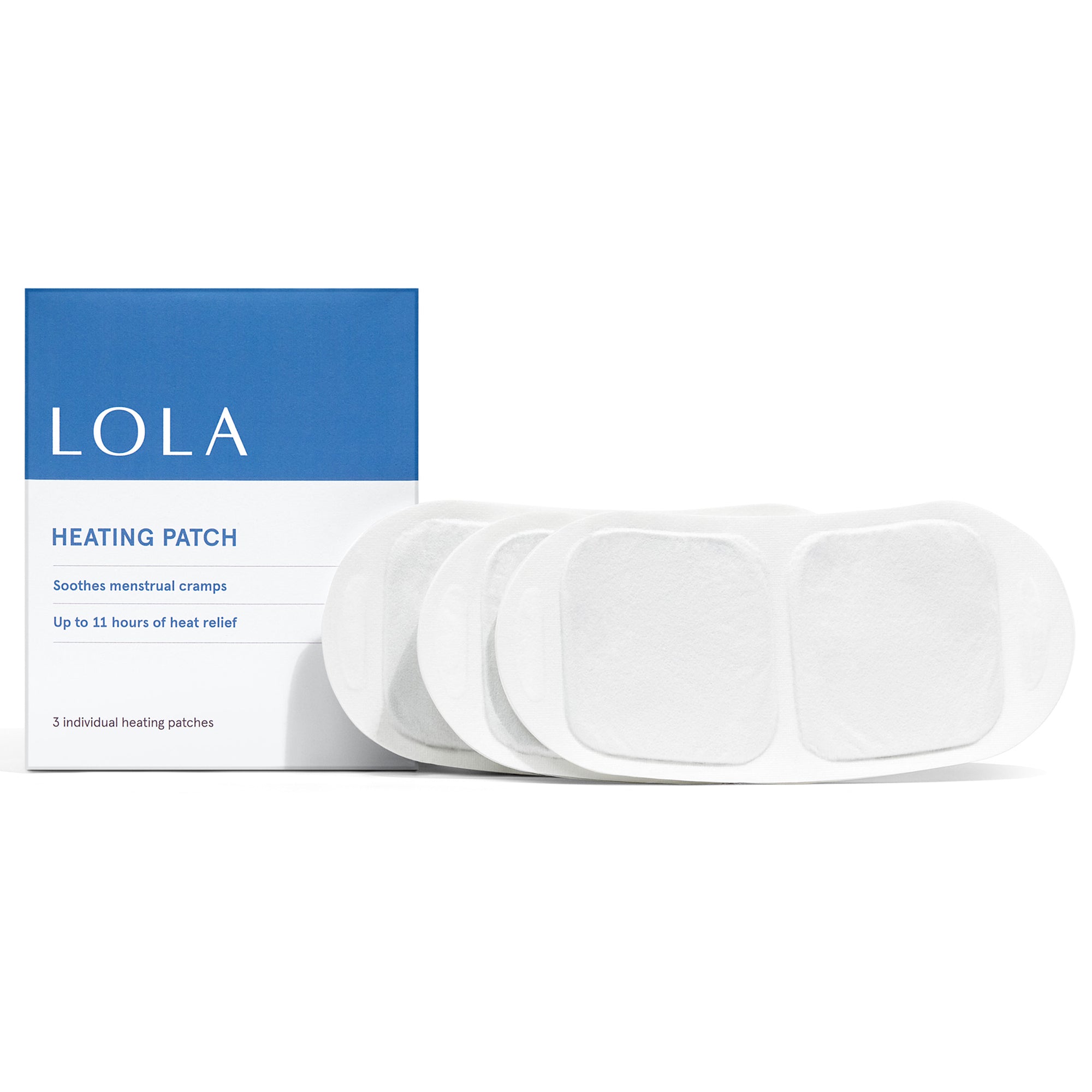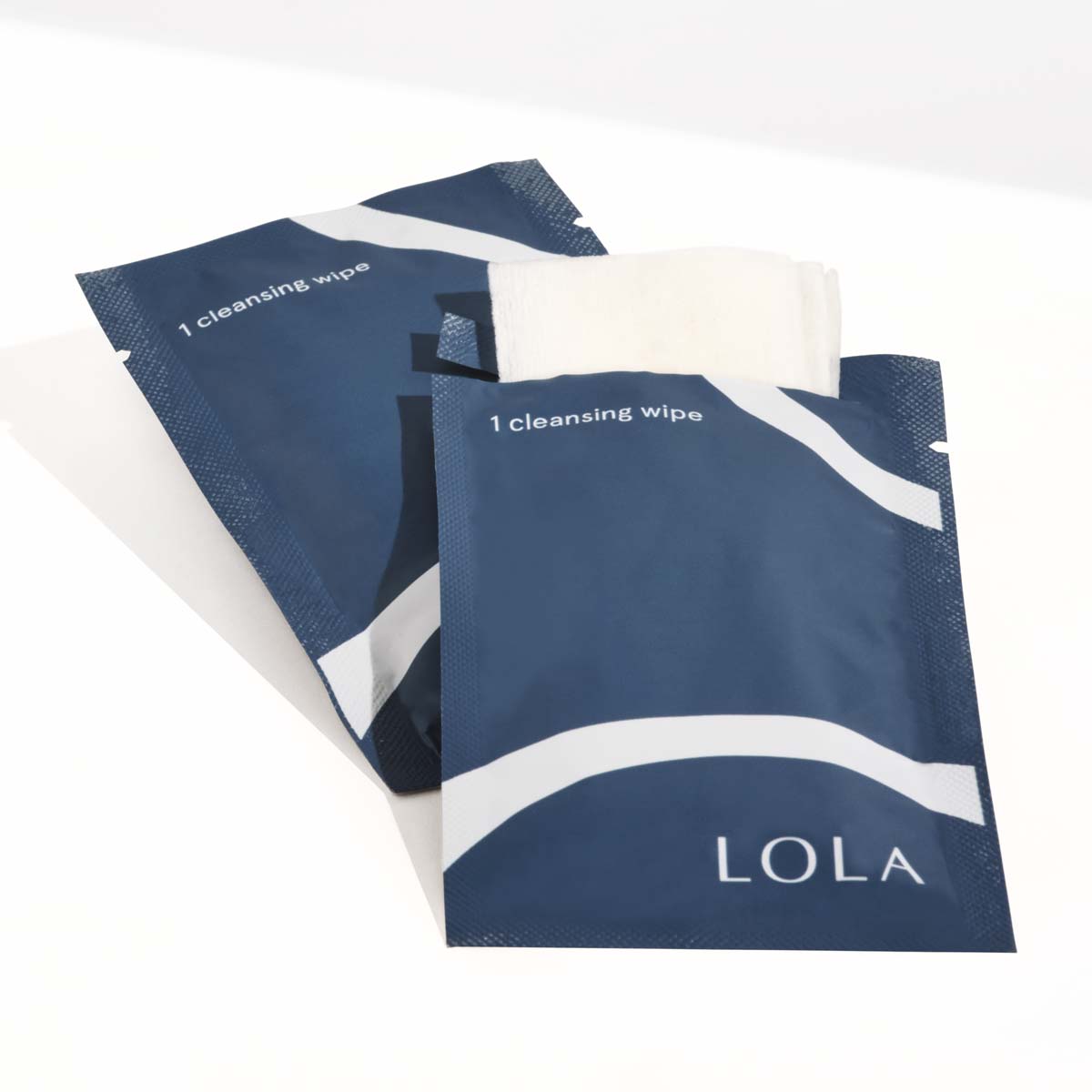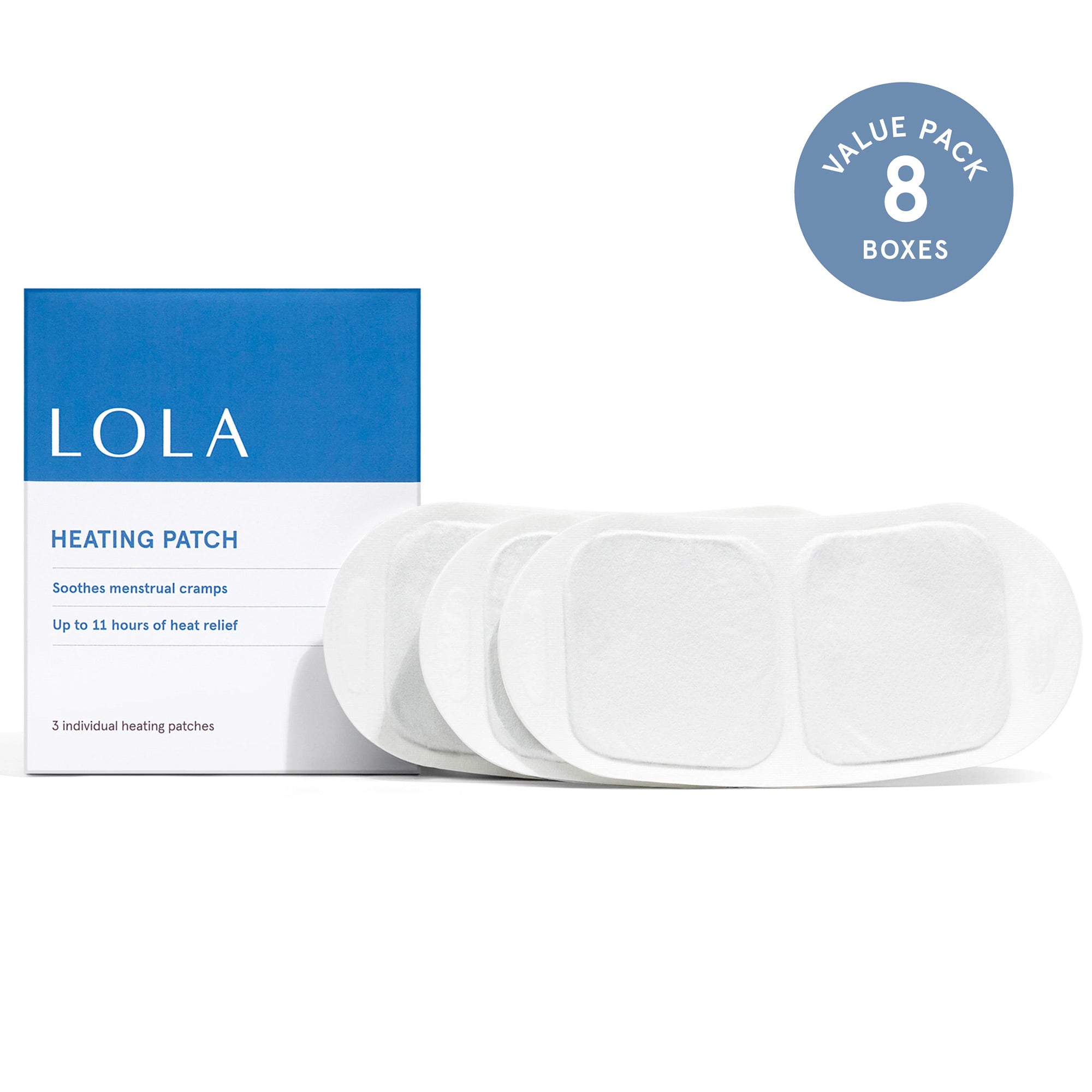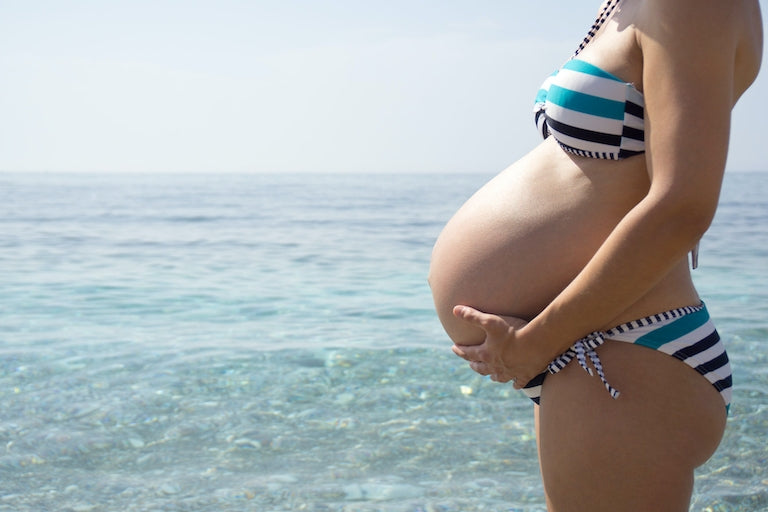I enjoyed the first 30 weeks of my pregnancy in England, where the National Health Service covered the cost of my midwife, birthing coach, and weekly prenatal yoga sessions. Surprisingly, it didn't take long for me " an uptight New Yorker " to get into the European birthing groove, which can be pretty laid back. I had no mom friends, and so it was then and there that I developed a deep obsession with watching birthing videos. As it turns out, all you have to do is YouTube "water birth" to find thousands of videos of babies being born under the chillest of circumstance. It seems, based on the sheer number of videos, that water births are run-of-the-mill and way less terrifying than your average birth. Here's what you should know about them:
What is a water birth and how does it work?
During a water birth, the mother has her labor and delivery in a birthing pool or tub. The laboring pool is filled with warm water to prevent infection, and the woman is encouraged to change positions (think kneeling, squatting, or floating) in an effort to get comfortable and promote an easier labor. Some women are able to have both their labor and delivery in the pool, while others find it easier to labor in the water and give birth outside of the pool. Many women even invite their partners into the water as a source of physical and emotional support.
What are the health benefits?
Many believe that water births are beneficial to babies and mothers alike. For babies, water may provide an easier transition to life outside of the womb due to the warm, wet environment. For women who don't want an epidural and hope to avoid unwanted and unnecessary medical interventions, the water offers a more gentle birthing experience. Warm water immersion acts as a natural pain reliever, easing muscle tension and producing oxytocin, a hormone that plays a pivotal role in successful cervical dilation. Ultimately, no birth is entirely painless, but for those who choose to go drug-free, water birthing is a safe, pain-reducing alternative.
What are the risks?
Two of the most obvious risks during a water birth are accidental drowning and infection. But, in truth, there are no solid numbers to support either concern " in fact, there's evidence to prove the opposite. A 1996 Scandinavian study of 1,385 women, claims that the birthing tub "did not increase the risk of maternal or neonatal infection." And, a Cochrane study of 3,243 women proves that there is "no evidence of increased adverse effects to the fetus/neonate or woman from labouring in water or water birth." England's Natural Childbearing Trust (NCT), explains "the feeling of air on the skin, and a change in temperature, triggers the breathing reflex. [The baby] is still getting oxygen via the umbilical cord, which is attached to the placenta inside you," and so with the proper use of birthing pools and safe water practices, there's little chance for drowning.
Water births are popular globally, so why aren't they more popular in the US?
According to the book, Revisiting Waterbirth: An Attitude to Care, "We know of 100 waterbirth countries stretching from Israel to Iceland, from New Zealand to China: all four corners of the globe." And many of these countries, like England, for example, offer mothers in-hospital or in-home water births. In fact, in 2015 about 38% of expecting English women gave birth in water. There are a number of reasons why water births aren't very popular in the U.S., to address just a few.
Lack of access. In 2008, the American Medical Association passed Resolution 205, which boldly states that "the safest setting for labor, delivery, and the immediate postpartum period is in the hospital, or a birthing center within a hospital complex." With that said, less than 10% of U.S. hospitals offer water immersion for labor and delivery. The long and short of it is that American women simply have little access to in-hospital water birthing suites.
Stigma. In the early 1900s, the medical community led a successful campaign to discredit midwives. Suddenly, giving birth at home with a midwife when you could be at a hospital with a doctor seemed like a crazy thing to do. Though it was a long time ago, that stigma still exists, even if the National Center for Health Statistics reports that as of 2014, midwife-led births have risen slightly to 8%. To this day, there are very few doctors in the U.S. who will perform water births, leaving the midwifery community as the only option for water birth delivery. You can have a water birth or you can be delivered by an OBGYN, but you can't have both.
Fear. During any birth " water or otherwise " you can't always control the circumstances. Naturally, the fear that something could go wrong could be the thing that keeps most women out of the birthing pool. Having a positive birthing experience is deeply tied to autonomy, access, and education. Whether water birthing is something you'd want for yourself or not, women should always strive to make medically-informed decisions when it comes to their birth plan.
When I returned to the States, I was in my third trimester and had to ditch my plans for a water birth, mainly because there were no hospitals or birthing centers in my area that provided this service. Instead, I had a perfectly fine, routine vaginal birth in a hospital bed. I hope to find a birthing center where I can have my second child immersed in water, but if not, I'll always have YouTube.
